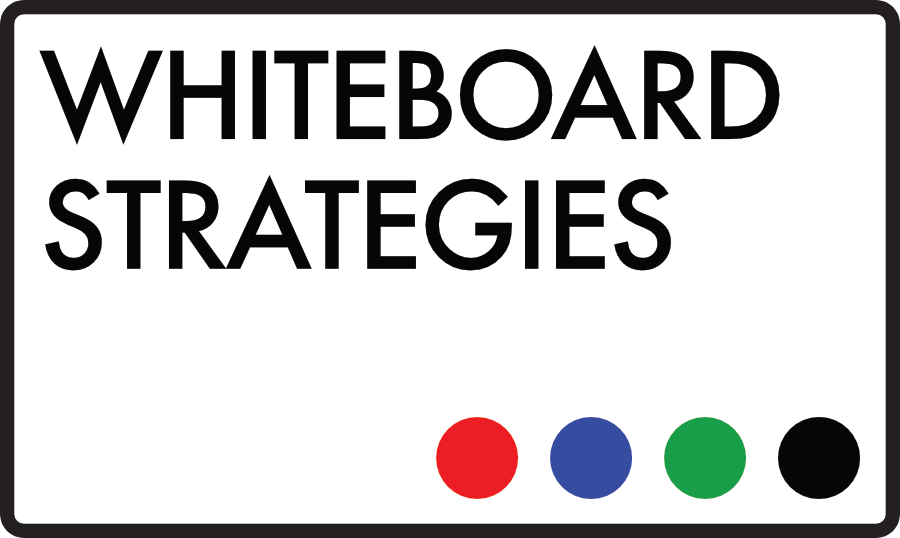We’ve talked before about how one of the whiteboard’s great strengths is the way that it immediately generates a presenter / presentee relationship in a meeting room, a dynamic that your reps can use to take control of a room, lead a conversation, and push for a particular result.
But what about when you need a tool for streamlining the way teams work together, the way they share information, and the way they collectively cultivate and communicate a new idea? What about when those people come from departments across your organisation to collaborate on a project?
Your whiteboard has you covered. From the very first collaborative meeting to the final presentation to the rest of the C Suite, the whiteboard gives you an end-to-end collaboration tool that helps to negate the most common stumbling blocks to people’s best cross-departmental intentions. It’s the perfect solution—ubiquitous, already the primary means of explaining information for R & D, IT and tech teams, easy to use and hugely effective. The whiteboard is the single most persuasive piece of equipment out there if leveraged properly. For collaboration to succeed, clarity is key—and the whiteboard delivers.
Let’s look at the top three most common problems with collaborative working that we see in our conversations with clients, and how the humble office whiteboard is the perfect tool for enabling a more integrated way of working across your organisation.
1. Communication Failures
Two people can haemorrhage days talking if they’re talking about the wrong things or in the wrong way. That amount of time increases exponentially when you add more people to the conversation—especially people with disparate job roles, areas of expertise and desired outcomes. You need to ensure that your teams are communicating the important stuff directly and in a way that sticks. You need a method of summarising and explaining complex ideas that is processed up to 60,000x more quickly by the brain than text. A way of communicating that improves information retention by up to 70% over just speaking and listening. Visual comms will improve the speed, focus and stickiness of your teams’ conversations.
2. Waste-of-Time Meetings
We’ve all been there, right? This is something that I keep coming across when I’m talking about collaboration with people. More often than not, sprawling, collaborative, cross-departmental meetings end up wasting a whole lot of time. People may try to blame that on some sort of ‘too many cooks’ idea, but the truth is that it’s less to do with who is there and more to do with focus. It’s essentially a leadership issue, since communication—even visual communication—needs focusing to be effective in driving a result. Structure and momentum are key. And the best way of structuring and driving communication visually? Your very own whiteboard strategy.
3. The Budget vs Tech Conundrum
I’ve met sales and marketing teams all around the world who would love to dismantle their organisation’s damaging information silos and lead an enlightened, future-facing and completely collaborative workforce into a bold new era… but who can’t get the company to stump up for a new flash drive, let alone the game-changing tech they think they need. Your life might be easier if the money was there, but the good news is that the tech isn’t really necessary. All your people need is a whiteboard, some coloured pens, and an understanding of how to structure a meeting and lead a conversation. In the incredibly unlikely event that your offices don’t already have whiteboards in them, that’s still a minimal outlay. And it works—if they know how to make it work.
What problems have you and your organisation come up against when trying to work more collaboratively? Drop me a line in the comments below, or via Twitter or LinkedIn, I’d love to hear from you.

Recent Comments